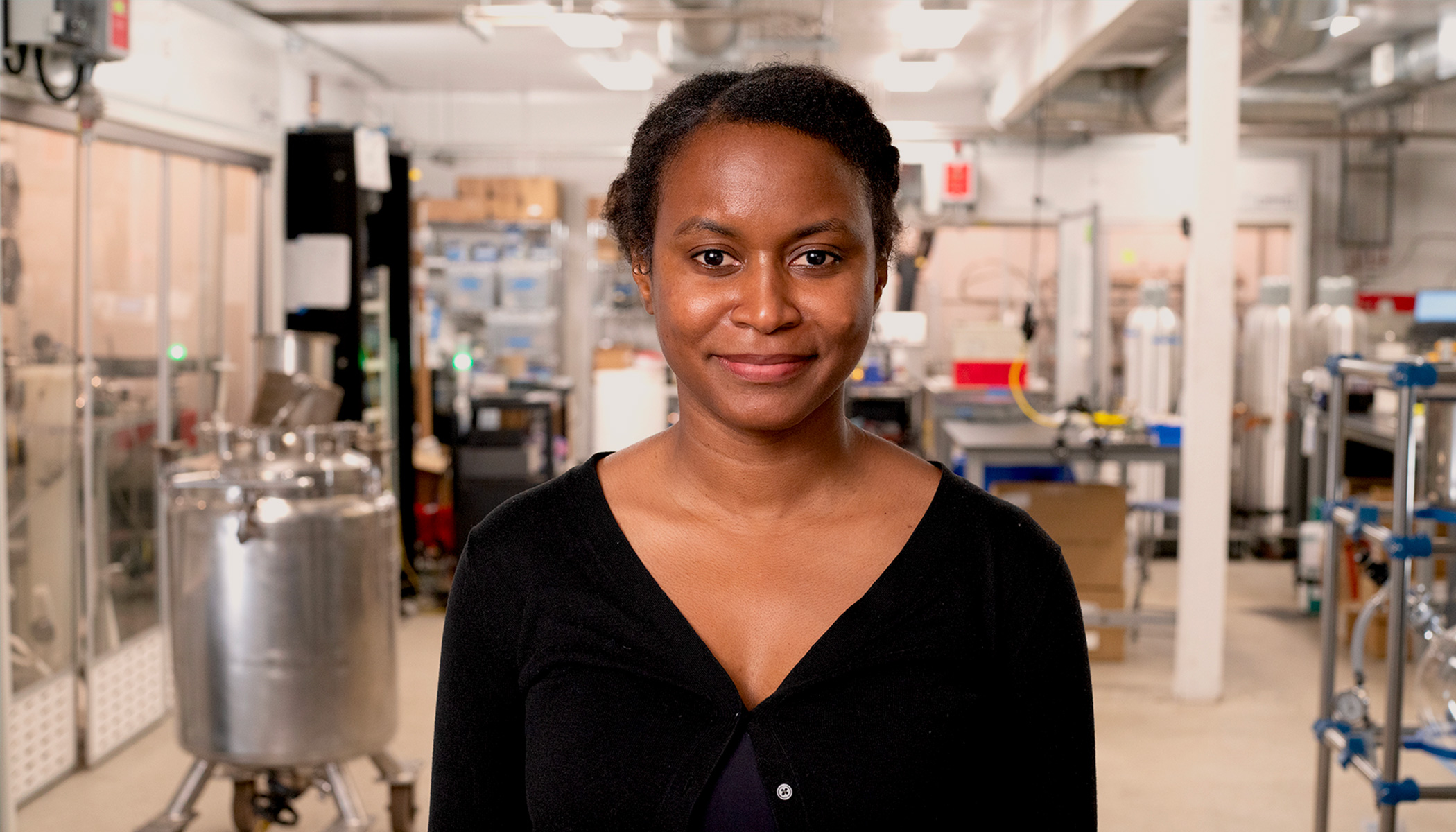What is Carbon Dioxide Removal?
*Previously once-in-a-decade event that's
now likely to occur more often.
(Source: IPCC AR6)
One of the most significant causes is carbon dioxide in the atmosphere. This gas traps heat on the surface of our planet like a blanket.
That blanket thickened during the Industrial Revolution as we burned fossil fuels. Over time it grew even thicker.
Most of the carbon dioxide we’ve created over the last two centuries is still in our atmosphere. Even if we stopped emitting it today, the gas that has already accumulated would continue to warm the world for centuries.
Scientists agree that we must dramatically cut our carbon dioxide emissions to help limit global warming to below 2 degrees Celsius, and preferably below 1.5 degrees Celsius, to avoid future climate catastrophes. However, since we have not met past goals for reducing emissions, cutting emissions is no longer enough. Efforts to reduce emissions — by investing in energy efficiency, deploying renewable energy technology, and phasing out fossil fuels — remain a priority.
But to avoid the worst effects of climate change, we must also remove carbon dioxide already in the atmosphere.
How does carbon dioxide removal work?

Carbon dioxide removal — pulling carbon dioxide from the atmosphere — is essential to combating climate change, according to the world’s leading scientists. There are many innovative ideas for removing carbon dioxide and preventing it from returning to the atmosphere. But, there’s a lot to learn about developing and scaling these ideas safely, equitably and effectively to benefit surrounding communities and the environment. While some technological approaches are early stage and expensive, they can become more commercially viable with accelerated research and development. All approaches have limits and trade-offs, and supporting a broad array of carbon removal approaches will help us reach climate goals.

Direct Air Capture
Direct air capture involves large fans moving air over materials that absorb carbon dioxide. The materials are heated to release and concentrate carbon dioxide. This captured carbon dioxide is stored permanently and safely deep underground or made into long-lasting commercial materials such as cement. It may also be used in products, such as jet fuel, that reduce emissions in hard-to-decarbonize sectors like long-haul aviation. This process, which requires large amounts of energy, is currently expensive.

Bioenergy With Carbon Dioxide Capture and Storage (BECCS)
Plants, which capture carbon dioxide as they grow, can be used as a fuel source in a process called bioenergy with carbon dioxide capture and storage. It starts with the burning of biomass, such as corn stalks left over from ethanol manufacturing, to make energy. The carbon dioxide released during the burning process is captured and stored deep underground or used in long-lasting products. This approach provides long-term storage but can compete with other uses for land and needs to be implemented responsibly to avoid potential negative impacts to biodiversity.

Reforestation
Reforestation involves restoring existing forests that were cut down to lock carbon away in the trees and the soil beneath them. Keeping this carbon stored requires the trees to not be cut down. Reforestation can be good for the environment, but it takes time and requires large areas of land. Reforestation efforts will have to be scaled up significantly to outpace current barriers such as forest fires.

Biochar
Biochar is a charcoal-like substance that stores carbon. It’s produced by burning plant waste from agriculture or forestry in a low-oxygen environment — a process called pyrolysis. Biochar is buried in the soil to keep carbon out of the atmosphere for long periods and improve soil quality. Similar to biochar, pyrolysis can also be used to create bio-oil, a stable, carbon-rich liquid that is pumped deep underground and stored durably. Scaling biochar, like scaling all carbon removal methods, requires improved ways to track and verify how much carbon is removed and stored and for how long.

Soil Carbon Storage
Soil carbon storage refers to various methods of managing land, mainly farmland, so soils absorb and hold carbon for a long time. Soil naturally pulls carbon from the air. If not for the soil, this carbon would return to the atmosphere as carbon dioxide. Practices such as low-till or no-till farming can slow the rate of soil carbon loss and potentially increase soil carbon levels. Another method is genetically editing plants to store more carbon in soil and their roots. Similar to biochar, soil carbon storage can improve soil quality and increase food production. However, monitoring and verifying carbon removal via soil carbon storage is currently difficult to determine.

Enhanced Mineralization
In a natural process called weathering, minerals absorb carbon dioxide from the atmosphere. However, natural weathering happens too slowly to balance our current carbon dioxide emissions. With enhanced mineralization, new techniques are accelerating this natural process. This is accomplished by taking large amounts of crushed-up minerals, such as olivine and basalt, and spreading them onto soil or the ocean where they absorb carbon dioxide. While many minerals needed for enhanced mineralization are naturally occurring, harvesting them can be energy-intensive and costly.

Coastal Blue Carbon
Mangrove forests and seagrass along the world’s coasts store more carbon per acre than forests on land. The protection and restoration of these habitats is known as blue carbon. Efforts are also underway to grow kelp to absorb more carbon dioxide, though more research is needed to understand how efficiently and permanently it stores carbon.
What's next for carbon dioxide removal?
We need many approaches working together to reduce greenhouse gas emissions and remove carbon dioxide from our atmosphere. Meeting the world’s climate goals — as laid out in the Intergovernmental Panel on Climate Change report on mitigating climate change — will take technological advances, financial investments and intentional changes. Learn more about how CZI supports organizations advancing climate change solutions, including carbon dioxide removal.


















 \
\